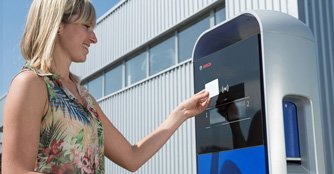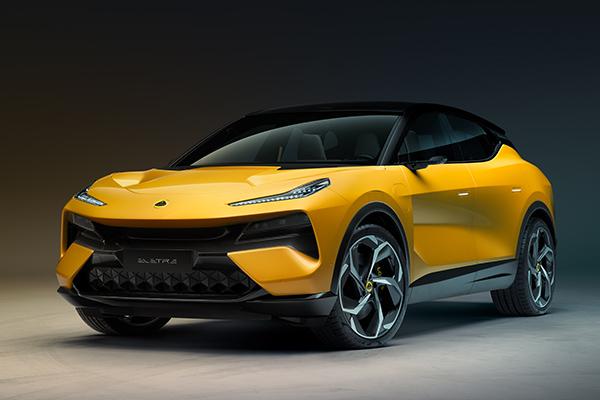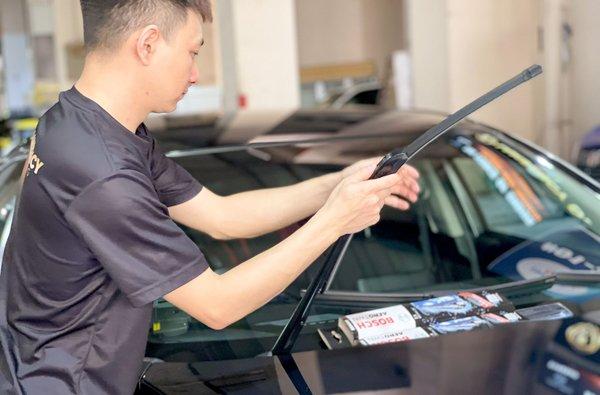Battery technology for hybrid and electric powertrains highlighted by Bosch
15 Mar 2015|1,594 views
Long service life, top quality, the highest degree of safety - an enormous amount is expected from high-voltage batteries in vehicles. This is why today's lithium-ion batteries, for example, have to be designed to run for at least 150,000km and to last up to 15 years.
Even then, after spending all this time in the car, the battery still has to possess 80 percent of its original storage capacity and performance. Within the next five years, Bosch intends to offer high-voltage batteries that are twice as powerful. At the same time, the company is exploring new battery technologies.
In the years to come, lithium-ion technology still has plenty of potential to offer. To research the next generation of lithium-ion batteries, Bosch has joined forces with GS Yuasa and Mitsubishi Corporation in a joint venture called Lithium Energy and Power.
In pursuit of this goal, the partners have pooled their strengths. GS Yuasa can apply its experience in cell optimisation to create a battery with a higher energy density and increased range.
Bosch's corporate research department is also working on post-lithium-ion batteries, such as those made using lithium-sulphur technology, which promises greater energy density and capacity. Bosch estimates that the earliest the lithium-sulphur battery will be ready for series production is the middle of the next decade.

Fleets are in fact another area where demands on the battery - such as those regarding its service life - are changing, since fleet vehicles are often in service for fewer than the 15 years estimated for vehicle batteries.
A fleet vehicle, which drives many kilometres in a short space of time, requires a new battery with full performance and capacity. In contrast, a slightly used battery can work just as well in cars that are driven only occasionally for short routes. That would reduce the overall cost of an electric car.
Even after 12 years - the average service life of a car - the battery still retains 80 percent of its original performance and capacity. This means its components can still be useful, for example as a power storage unit.
In Hamburg, used batteries from electric vehicles are being joined together to form a large power storage system. It can provide energy within seconds and helps stabilise the grid. With this project, Bosch, the BMW Group, and Vattenfall are working together to drive electromobility and energy storage forward.
Long service life, top quality, the highest degree of safety - an enormous amount is expected from high-voltage batteries in vehicles. This is why today's lithium-ion batteries, for example, have to be designed to run for at least 150,000km and to last up to 15 years.
Even then, after spending all this time in the car, the battery still has to possess 80 percent of its original storage capacity and performance. Within the next five years, Bosch intends to offer high-voltage batteries that are twice as powerful. At the same time, the company is exploring new battery technologies.
In the years to come, lithium-ion technology still has plenty of potential to offer. To research the next generation of lithium-ion batteries, Bosch has joined forces with GS Yuasa and Mitsubishi Corporation in a joint venture called Lithium Energy and Power.
In pursuit of this goal, the partners have pooled their strengths. GS Yuasa can apply its experience in cell optimisation to create a battery with a higher energy density and increased range.
Bosch's corporate research department is also working on post-lithium-ion batteries, such as those made using lithium-sulphur technology, which promises greater energy density and capacity. Bosch estimates that the earliest the lithium-sulphur battery will be ready for series production is the middle of the next decade.
In terms of high-performance batteries, Bosch is focusing on driving forward the monitoring and management of the various cells as well as the overall system.
Fleets are in fact another area where demands on the battery - such as those regarding its service life - are changing, since fleet vehicles are often in service for fewer than the 15 years estimated for vehicle batteries.
A fleet vehicle, which drives many kilometres in a short space of time, requires a new battery with full performance and capacity. In contrast, a slightly used battery can work just as well in cars that are driven only occasionally for short routes. That would reduce the overall cost of an electric car.
Even after 12 years - the average service life of a car - the battery still retains 80 percent of its original performance and capacity. This means its components can still be useful, for example as a power storage unit.
In Hamburg, used batteries from electric vehicles are being joined together to form a large power storage system. It can provide energy within seconds and helps stabilise the grid. With this project, Bosch, the BMW Group, and Vattenfall are working together to drive electromobility and energy storage forward.
Latest COE Prices
May 2025 | 1st BIDDING
NEXT TENDER: 21 May 2025
CAT A$103,009
CAT B$119,890
CAT C$62,590
CAT E$118,889
View Full Results Thank You For Your Subscription.




















